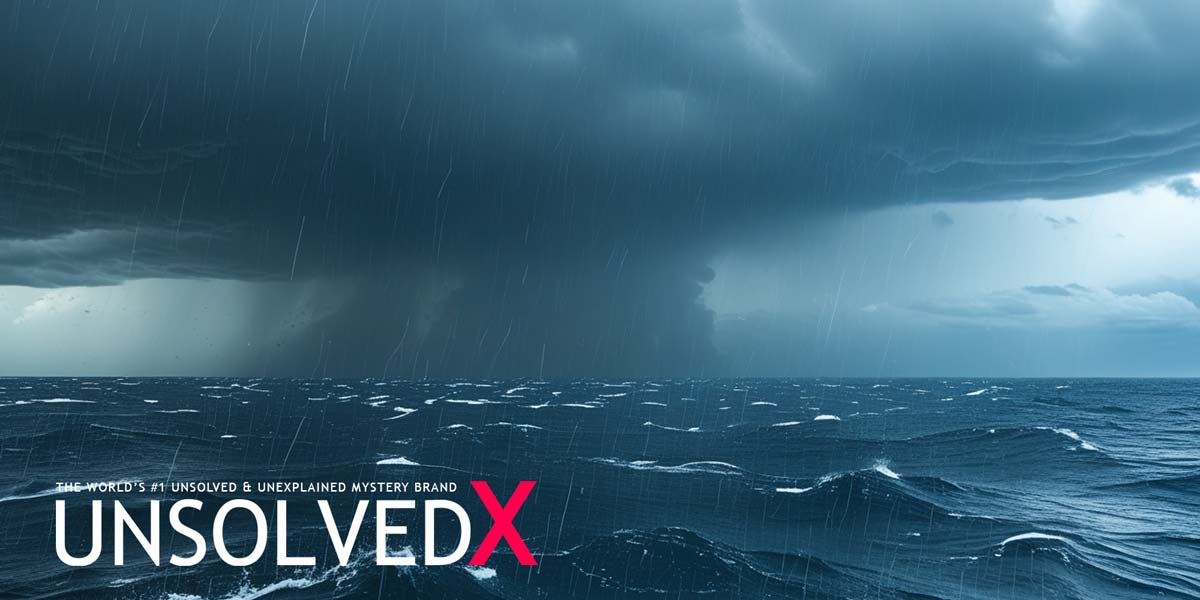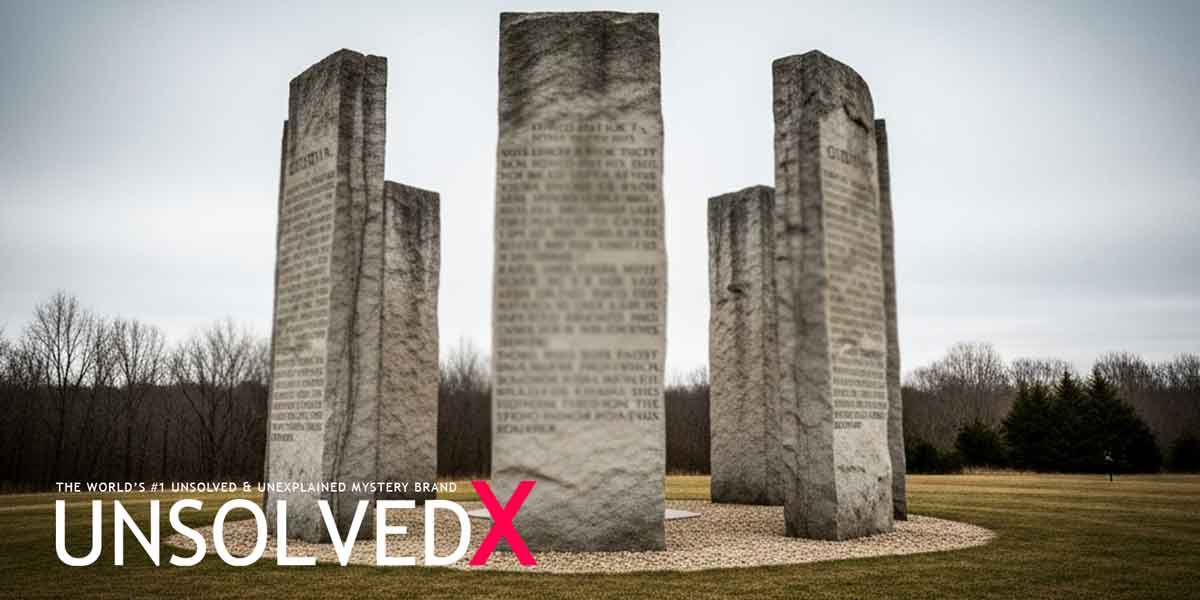The Vanishing of the SS Cotopaxi: Unraveling the 1925 Phantom Ship Mystery
On November 29, 1925, the SS Cotopaxi, a steam-powered bulk carrier named after Ecuador’s towering Cotopaxi stratovolcano, steamed out of Charleston, South Carolina, bound for Havana, Cuba. Loaded with 2,340 tons of coal and manned by a crew of 32 under Captain W.J. Meyer, the ship was on a routine voyage. Yet, two days later, it vanished without a trace, cementing its place as one of maritime history’s most enduring mysteries. The disappearance of the Cotopaxi, often linked to the infamous Bermuda Triangle, has sparked decades of speculation, from natural disasters to supernatural forces. Despite its wreck being identified in 2020, questions linger about the ship’s final moments and the fate of its crew.
The SS Cotopaxi was no stranger to adversity. Built in 1918 as part of the United States Shipping Board’s World War I emergency shipbuilding program, the vessel had a history of mishaps. In 1919, it ran aground off Brazil’s Braganca Channel, jettisoning 400 tons of coal to limp into port with damages costing nearly $200,000 (equivalent to about $3.6 million in 2024). A year later, it collided with a tug in Havana Harbor, sinking the smaller vessel. These incidents hinted at the ship’s vulnerabilities, but nothing foreshadowed the catastrophic event of 1925. When the Cotopaxi failed to arrive in Havana, it was officially listed as overdue on December 31, leaving families, investigators, and the public grasping for answers.
The Bermuda Triangle Connection and Theories of Disappearance
The Cotopaxi’s disappearance has long been entwined with the Bermuda Triangle, a loosely defined region stretching from South Florida to Bermuda and Puerto Rico, notorious for the unexplained loss of ships and aircraft. Though the term “Bermuda Triangle” wasn’t coined until the 1960s, the Cotopaxi’s vanishing fit the narrative of a region where vessels seemed to dissolve into the Atlantic. On December 1, 1925, the ship’s radio operator sent a distress call, reporting that the Cotopaxi was listing and taking on water during a tropical storm. This was the last communication, and no wreckage, lifeboats, or bodies were recovered at the time, fueling speculation about paranormal or extraterrestrial involvement.
Theories about the Cotopaxi’s fate have ranged from plausible to fantastical. Some pointed to the ship’s design flaws, uncovered in a lawsuit filed by crew members’ families against the Clinchfield Navigation Company. A carpenter testified that the ship’s hatch covers, meant to protect the cargo hold, were prone to leaking, allowing water to flood the vessel during rough seas. Combined with a fierce storm, this could have caused the Cotopaxi to capsize and sink rapidly. Others embraced wilder explanations, popularized by its cameo in Steven Spielberg’s 1977 film Close Encounters of the Third Kind, where the ship is depicted as being deposited in the Gobi Desert by aliens. A 2015 hoax, claiming the Cotopaxi had reappeared off Cuba as a “ghost ship,” further muddied the waters, though it was debunked by sites like Snopes.
Discovery of the Wreck and Lingering Questions
In January 2020, marine biologist Michael Barnette and his team solved a nearly century-old puzzle by identifying the Cotopaxi’s wreck 35 nautical miles off St. Augustine, Florida, in an area known as the “Bear Wreck.” Discovered in the 1980s but unidentified until Barnette’s 15-year investigation, the wreck’s identity was confirmed through meticulous research, including blueprints, distress signal coordinates, and physical evidence like boiler measurements and coal fragments. Barnette’s work, featured in the Science Channel’s Shipwreck Secrets, revealed that the Cotopaxi lay outside the Bermuda Triangle’s boundaries, debunking myths of supernatural causes. The ship’s sinking was likely due to a combination of structural weaknesses and a violent storm.
Despite this breakthrough, the Cotopaxi mystery retains an air of intrigue. The wreck’s condition—battered by decades of hurricanes and buried under sand—has limited what divers can learn about the crew’s final moments. No human remains were recovered, leaving families like that of Gregory West, whose great-uncle Robert Fulcher was aboard, with closure but no gravesite. Questions persist about why the ship couldn’t withstand the storm, whether the crew had any chance to escape, and why no debris was found in 1925. The Cotopaxi’s story, while grounded in science, continues to captivate those drawn to the unexplained, much like the 1918 disappearance of the USS Cyclops, another Bermuda Triangle-linked mystery. Its legacy endures as a reminder of the sea’s unforgiving power and humanity’s quest to unravel its secrets.










Comments
Comments section coming soon!